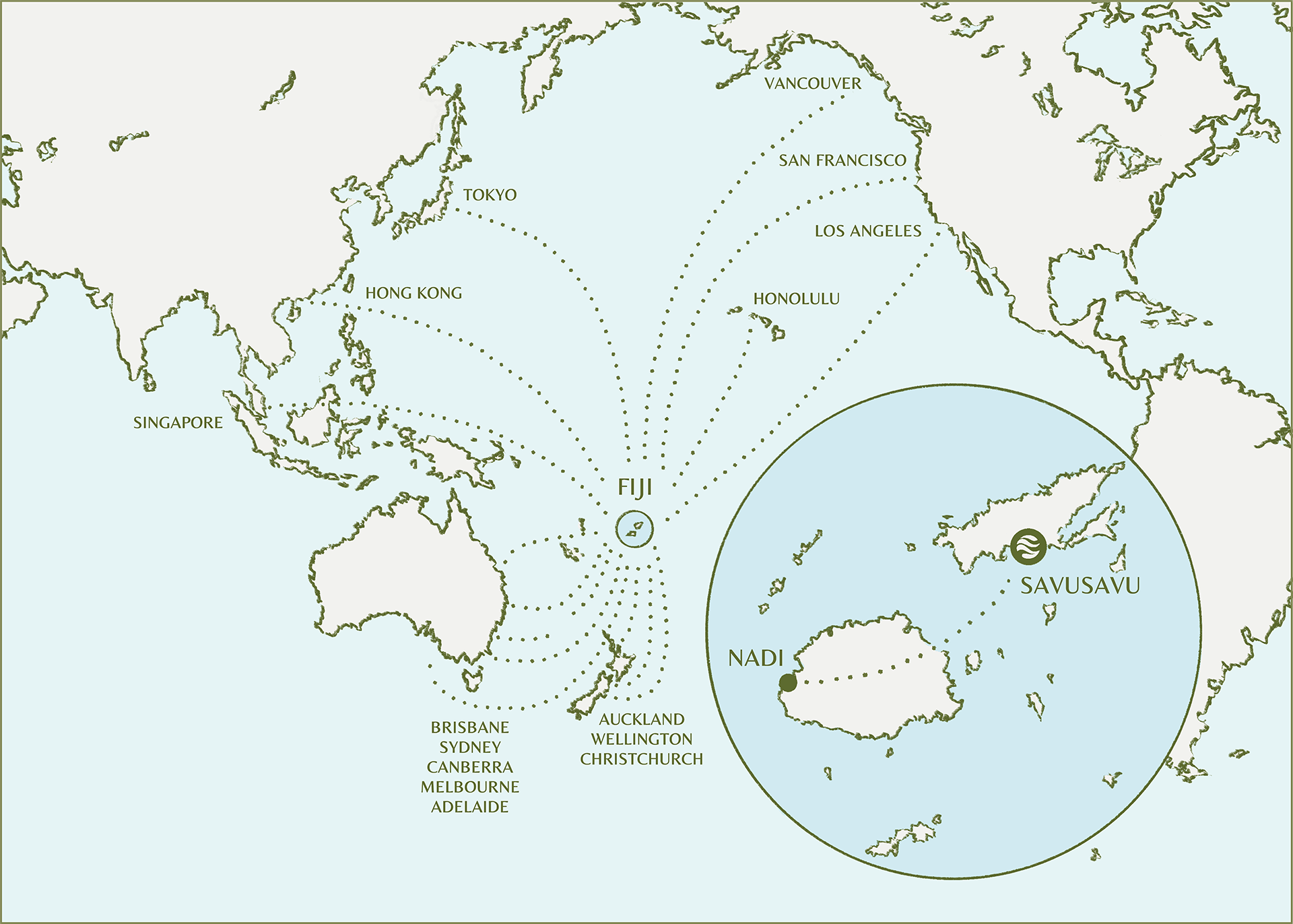STORIES
Pomegranate
Pomegranate
Characteristics
Shrubs or small trees, 2-3 m tall, glabrous. Leaves opposite. Flowers bright red, 3 cm. Fruit globose, leathery berries, variable in color, red to yellow-green or red-brown, 5-12 cm. Seeds numerous, covered with pulp. Edible..
Distribution
Native to the Middle East between Iran and Northern India, cultivated since ancient times throughout the Mediterranean region. Introduced by the Spanish into America in the 16th century. Today widespread in tropical and subtropical regions of the world.
Natural Medical Properties
| The pomegranate has a long history of herbal use dating back more than 3,000 years.
All parts of the plant contain unusual alkaloids, known as ‘pellitorines’, which paralyse tapeworms so that they are easily expelled from the body by using a laxative. The plant is also rich in tannin, which makes it an effective astringent. It is used externally in the treatment of vaginal discharges, mouth sores and throat infections. The whole plant, but in particular the bark, is antibacterial, antiviral and astringent. This remedy should be used with caution, overdoses can be toxic Along with the leaves and seeds, they have been used to remove worms. The juice of the flowers is used to treat nose bleeds. A decoction of the seed is used to treat syphilis. The juice of the fruit is used to treat jaundice and diarrhoea. Combined with the juice of Cynodont dactylion leaves, it is used for treating runny noses and colds. The rind of the fruit is ground in water and drunk every morning by diabetics. Use this with caution, the root bark can cause serious poisoning. The bark is harvested in the autumn and dried for later use. |
Did you know?
| Pomegranates are mentioned many times in the Bible. In the Qur’an, pomegranates are named as one of the fruits that will grow in the gardens of paradise. |
The juice of Pomegranate is the source of grenadine syrup, used in flavorings and liqueurs.
Literature
World Flora Online
WorldChecklist of Selected Plant Families
A working list of all plant species
SUBSCRIBE
Stay up to date
To stay in touch and be inspired by our latest news & stories from Jean-Micheal Cousteau Resort Fiji, please register your interest.








